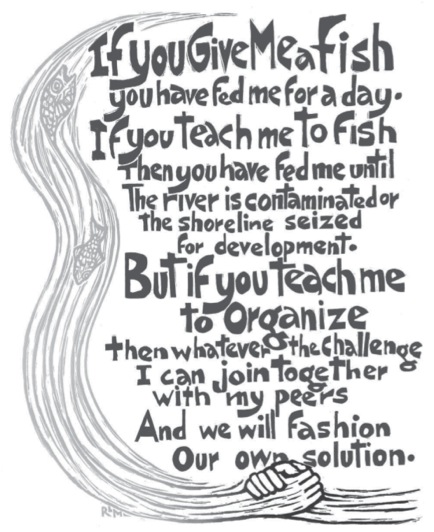Guest Post by David Peck of SoChange
Somehow I had managed to escape the flesh-eating, frenzied swarm of red fire ants that had been circling in the bottom of the boat as I anticipated our arrival. Size certainly doesn’t matter when it comes to fire ants, an entomological force to be reckoned with.
I stepped out of the small wooden canoe-like craft as we aligned ourselves along the Mekong’s river edge. It had been raining the last few days and so I was unprepared for the muddy hill as I tripped my way to the top of the steep river bank. At the top, I stood up, taking care not to slide back down the literal slippery slope.
The first thing I noticed was a rusty well pump handle not three metres away. I moved closer and pushed back the jungle brush to see if it was working. It wasn’t. In bold rusty letters the name of the NGO was branded on the side of the fifteen-year-old pump, installed in 1999. It was clear that those who funded the water project would not be as proud of their wells today as they were the day after drilling down into the jungle water table.
As we travelled throughout the community we found rusty wells littered here and there. Same NGO. Same problem. The wells hadn’t been used in years. With a ghost town feel to them, I thought that these could be a perfect example of a shoddy needs assessment. Had they asked a few more questions, would perhaps these wells still be in use today?
As a philosopher, it’s the questions in which I have always been most interested, especially in development work. Answers often leave little room for creative growth. They can easily shut down the conversation. But for me that’s what development is all about—the dialogue.
As the day passed, we visited families throughout the area. I played some pool on a worn out and warped table, protected from the elements only somewhat by some bamboo and straw. I lost the game, badly. A few men we’re having a great time gambling away a little money on what appeared to be a dice game of a particular sort. They let me lose in this game too.
But as we played, I learned the abandoned well pumps were rusty not because the community lost interest; nor because of insufficient community-based training; nor because of a poor needs assessment.
Who could have known back then that industry situated on the Mekong a thousand miles away would compromise the water supply of this quiet Cambodian community?
Arsenic—a deadly chemical hard to taste and impossible to see—a polluted water table. And so, the wells rusted away.
I couldn’t help but wonder if the poisonous chemical would take the rust clean off the now useless pumps.

***
David Peck is the founder and Executive Director of SoChange, a groundbreaking organization which works alongside members of the non-governmental and corporate communities in areas such as project design, fundraising, advocacy, CSR and philanthropy. SoChange has recently spearheaded events such as Why Everything Must Change, which brought together prominent social justice advocates, and the Mosquitoes Suck tour and campaign, which raises funds and awareness for malaria alleviation efforts in Africa.
***
Related Posts
Site Visits: The Feedback You’ve Never Heard
Sustainability—some clarity please!

There is nothing more frustrating than when your rinsing the shampoo from your hair suds get in your eyes, then the water stops all of a sudden.
But then 15 seconds later it kicks back on again.
Your are on egg shells because your not sure if the next time you’ll be so lucky.
We typically check the simplest things first to make sure its not a well pump issue, but if it is, check to make sure that the instillation is backed by a warranty. Make sure it’s sized correctly, by measuring the old removed pump not only for depth but check the heigh and width to ensure it will fit. Then determine the static water level for your well. After determining the well pump size (horsepower and gallons per minute) needed. then make sure you understand what the plumber will do in detail, and what the price is to finish the well pump replacement.
—
Thanks and Regards
Shane Boyle
well pumps
When will we get smart and ban poisonous chemicals?